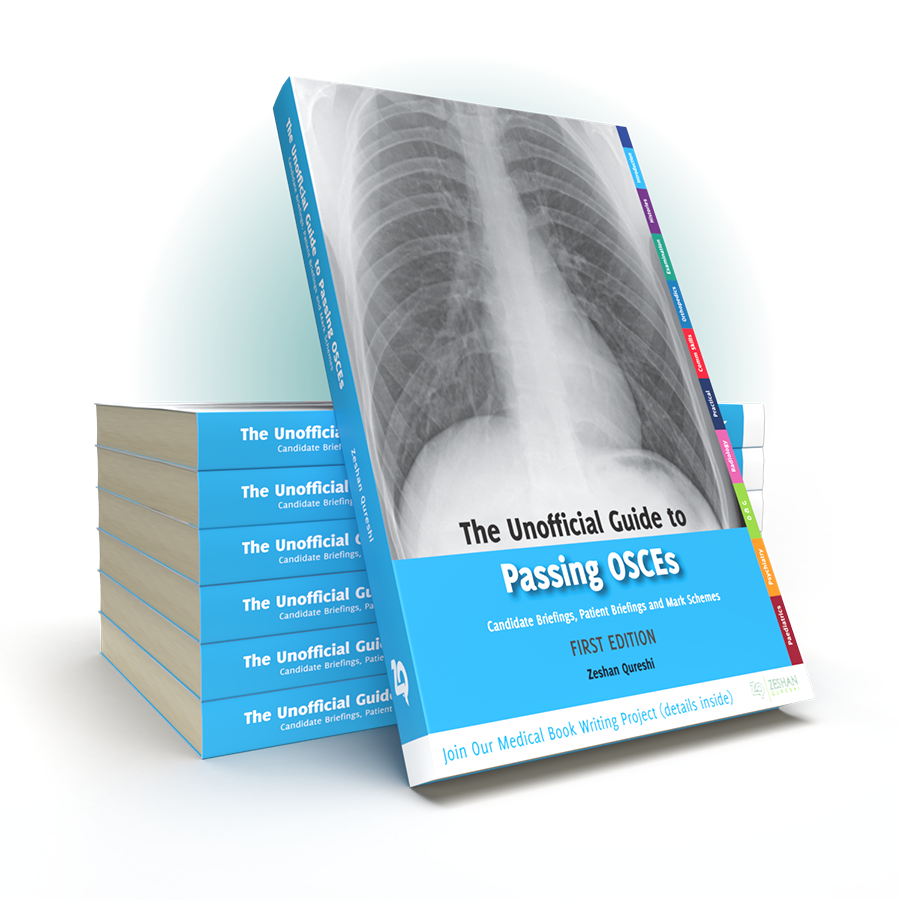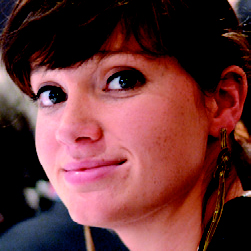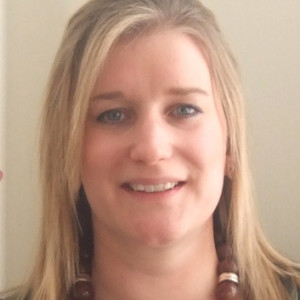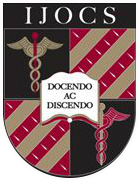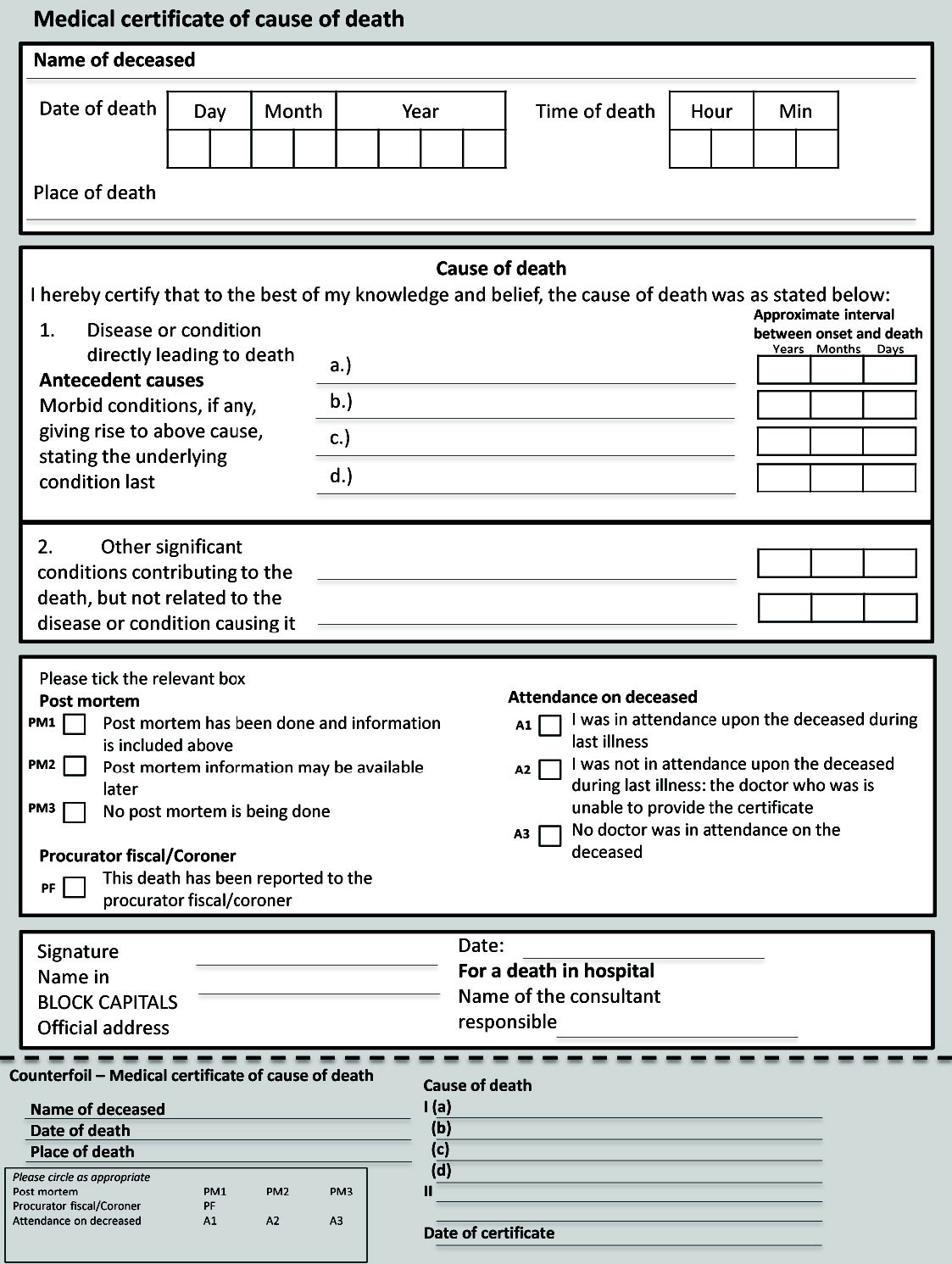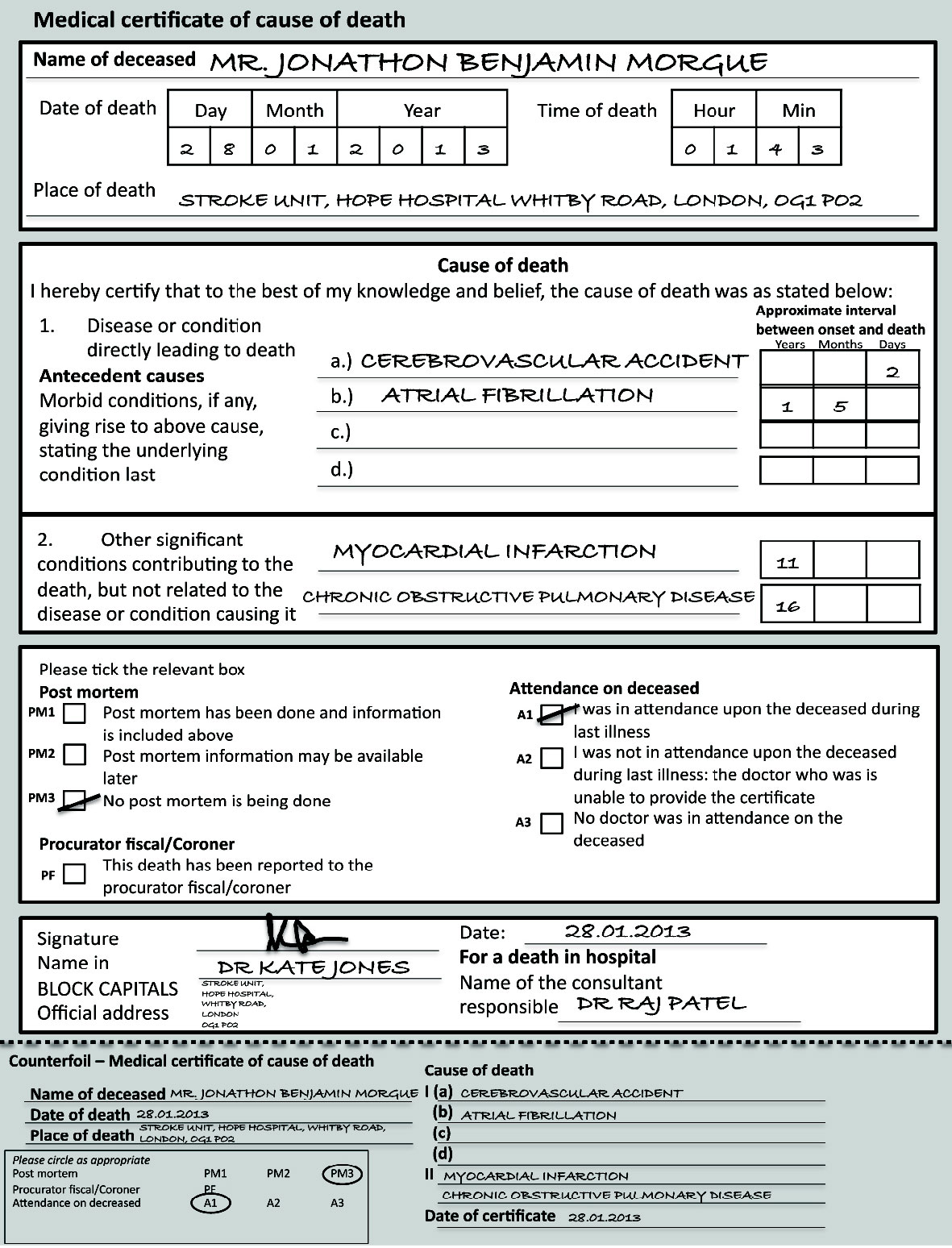The Unofficial Guide to OSCEs: Candidate Briefings, Patient Briefings, and Mark Schemes; written directly in line with The Unofficial Guide to OSCEs, is designed to help students practically go through a mock OSCE, either with patients in hospital or with friends at home.
As with The Unofficial Guide, the following sections are included: Histories, Examination, Orthopaedics, Practical Skills, Communication, Paediatrics, Obstetrics and Gyaenacology, Radiology, and Psychiatry.
This book aims to empower your examination preparation and help you on your way to excelling in the OSCE. We wish you all the best in your upcoming examinations and your future medical career.
Key Features
Candidate Briefing: Real life instructions that would be read by the candidate before going into the OSCE station.
Patient Briefing: Real life instructions that would be read by the actor playing the patient before going into the OSCE station.
Mark Scheme: A check list of things that it is important to cover in the station. The examiner can tick off points as they are covered in the boxes provided, and there is room for the mark scheme to be used five times to gauge progress
Questions and Answers for Candidate: Questions can be asked to the candidate. The answers are provided.
Additional Questions to Consider: Other questions surrounding the general theme of the station. They are ones to consider and think through as alternatives to those provided.
Includes 92 scenarios, covering medical history taking, clinical examination, practical skills, communication skills, plus specialties, meaning that everything for medical students is covered in one place.
The book is designed to allow students to role play a real life OSCE, with each station containing:
- Briefing for an actor playing the patient
- Briefing for the student and
- Mark scheme and questions to ask for the examiner
This book has relevance beyond examinations, with the mark scheme checklists acting as a day to day reference for professionals.
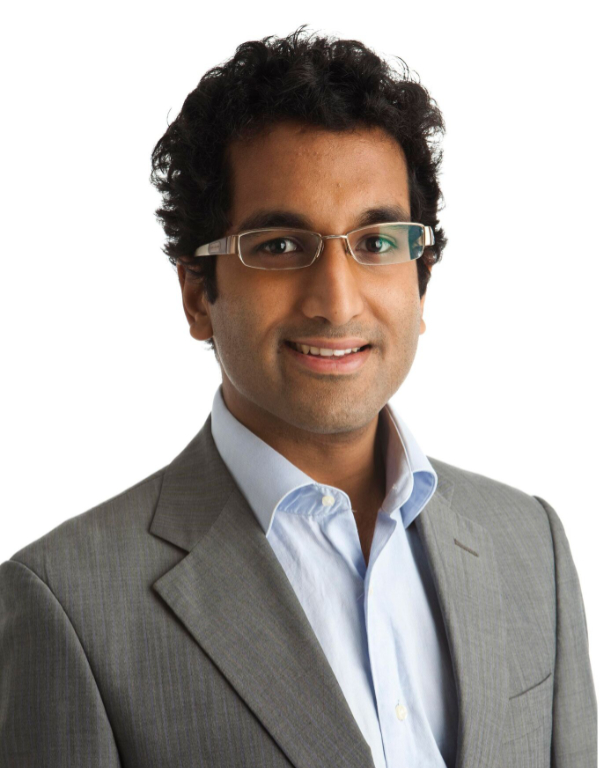
Zeshan Qureshi
Chief Editor
Paediatrics trainee at Great Ormond Street, and the Institute of Child Health
We believe:…that fresh graduates have a unique perspective on what works for students. We have captured the insight of medical students and recent graduates in the language that they used to make complex material more easily digestible for students.
…that medical texts are in constant need of being updated. Every medical student has the potential to contribute to the education of others by innovative ways of thinking and learning. This book is an open collaboration with you: the readers of the Unofficial Guide to Passing OSCEs have become the writers of this book. We welcome your suggestions and collaboration on developing this textbook in the future, and our other titles from adding new stations to simply making what we have already even better
…that medical knowledge should be acquired in a fun and memorable way, which is why we have made this book practical, so that you can use it in groups to practise with friends when you revise for your OSCEs
…that medical knowledge should be spread and shared at a minimal cost to the student. We will also continue to support medical education projects, through developing the writing skills of our readers.
Candidate Briefing: You are working on the stroke unit (at Hope Hospital, Whitby Road, London OG1 P02), and are called by the nursing staff to see an 81 year old patient (Jonathon Benjamin Morgue) that has just passed away. You are asked to pronounce them dead and to write a death certificate.The cause of death is a cerebrovascular accident which happened 2 days ago. It was felt to be secondary to a trial fibrillation, which was diagnosed 1 year 5 months ago. The patient also suffered a myocardial infarction 11 years ago, and was diagnosed with COPD 16 years ago. There is a clear cause of death, and there are no other concerns with regard to informing the coroner. You clerked the patient on admission.
The patient was found dead by the nursing staff at 01am on 28/1/13, and you verify the death at 01:43. Your consultant is Dr. Raj Patel.
A blank death certificate is provided for you (below).
How to Present Your FIndings Word for Word
Verification of Death |
|||||
| If family present explain what you are going to do | |||||
| Check for response to painful stimuli (sternal rub) | |||||
| Feel for carotid pulse – 1 minute | |||||
Position and Technique |
|||||
| Auscultate for breath sounds – 1 minute | |||||
| Ascultate for heart sounds – 1 minute | |||||
| Check pupils for dilation and responsivenes to light | |||||
| Leave body in dignified state (cover up to neck in sheet) | |||||
| Document examination together with time and date of verification in the patients medical notes | |||||
Writing a Death Certificate |
|||||
| Block capitals and black ink used, no abbreviations used | |||||
| Patients fill name, date of death and time of death as pronounced by doctor, place of death | |||||
| Select appropriate option regaring post-mortem | |||||
| Select appropriate option with regard to whether the doctor attended / another medical profession attended the deceased during their last illness | |||||
| Appropriate cause of death part one, including duration of disease(s) | |||||
| Appropriate significant co-morbidities in part two, including duration of disease(s) | |||||
| Your details (name, signature, medical qualification) | |||||
| Name of consultant in charge | |||||
Answers to OSCE questions you might be asked
Give three examples of when a death might be reported to a coroner
- Any uncertified death
- Any death that is sudden and unexpected, or that is violent, suspicious or unexplained
- Any death that results from an accident at work, involving a vehicle, or burns, scalds, fire, explosives or similar
- Due to poisoning, including overdose
- Due to industrial disease
- Where circumstances suggest suicide
- Indications of a medical mishap
- Following an abortion
- Any death due to a fault or neglect on the behalf of another person or organisation
- Death occurring whilst in custody
- Death as a result of food poisoning or notifiable infectious disease
- Any death of a foster child
Who can issue a death certificate?
- A registered medical practitioner or a coroner (or procurator Fiscal in Scotland)
Contact Us
Are you a medical trainee, a student, a doctor or medical professional?
We’d love to hear from you for feedback or if you would like to contribute towards the Unoffical Guide to Medicine series.
